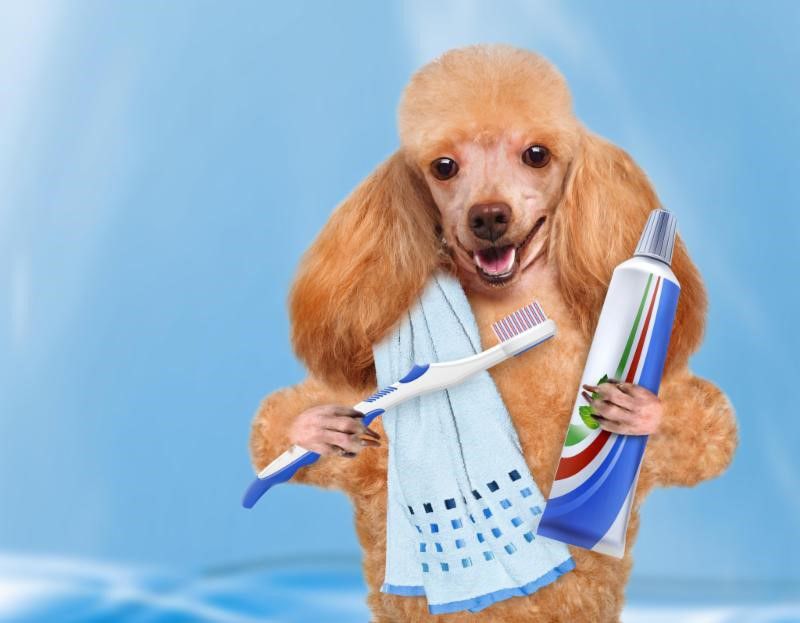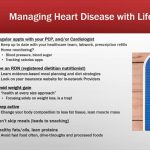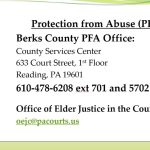Just as for people, dental health is an important part of your pet’s overall well-being. In addition to being unsightly, dental disease can be uncomfortable or even painful. And dental disease can affect more than just the teeth, gums and jaw – bacteria present with gum disease circulates through the bloodstream and can affect organs such as the heart, kidneys and liver. Just as people take care of their teeth with appropriate home care along with regular dentist visits, your pet will benefit from a complete oral hygiene plan.
HOME DENTAL CARE:
Home care can have a major impact on your pet’s oral health. There are several options; some may not be feasible for every pet or situation, but it is important to remember that anything you can do over time to help reduce plaque and tartar build-up can make a significant difference in the long run.
BRUSHING AND TOOTHPASTES:
Brushing your pet’s teeth is the single most effective part of a home care regimen. Frequent brushing (ideally daily) can dramatically reduce plaque on the teeth, significantly improving oral health. While not all patients will be immediately cooperative, many will come to accept it with a gradual introduction over several weeks or even months. The goal is not necessarily how quickly you are able to do a good job brushing, but rather, whether you will be able to maintain home care long-term once you have gotten to the point of thorough brushings.
There are a variety of products available for brushing your pet’s teeth; brushes are available in sizes and shapes suited to dog and cat mouths; and toothpastes made for pets come in flavors more suited to pets, and are safe for them to swallow (unlike many human toothpastes). Some people prefer finger brushes; and there are also dental wipes which are rubbed on the teeth to remove plaque.
CHLORHEXIDINE ORAL RINSES and GEL:
Chlorhexidine is an effective anti-plaque antiseptic, and there are several rinses and gels available containing this product. While some pets may object to the taste, others will accept it willingly. The rinse is squirted inside the cheek on both sides, while the gel is smeared onto the teeth, the tongue and lips will then spread the product around the mouth.
DIETS and CHEWS:
Several diets exist which have been shown to be of benefit in decreasing dental disease. Some of these diets have a specific kibble design which is more effective at mechanically removing tartar compared to typical dry foods; some include a specific ingredient to help attack tartar. Likewise, there are many chew treats and toys that can help reduce plaque when used frequently.
VETERINARY ORAL HEALTH COUNCIL (VOHC):
With the number of products available, it can sometimes be overwhelming to decide which ones to try. One resource to help is the VOHC, an independent organization which evaluates home oral hygiene products and awards a VOHC Seal of Acceptance to those that meet or exceed their standards. A list of all products that have been awarded this seal can be found at www.VOHC.org.
VETERINARY CARE:
While a good home care regimen can reduce the frequency professional dental care is needed, thorough scaling and polishing and complete oral evaluation is still an important part of complete oral hygiene. Initial dental evaluation is a part of your pet’s routine physical examinations; if your veterinarian sees the need for further care, he or she will recommend an anesthetic professional cleaning and full oral evaluation; further treatment (such as extraction of diseased teeth) may be necessary.




